" Japan’s final victory in its long campaign to dominate the global car industry only came last year. General Motors had been the world’s biggest carmaker for 75 years, and last year celebrated its centenary. Toyota’s birthday gift to "

Aeroplanes by car manufacturers
Not available at your local car supermarket...
The intertwining of the aviation and car worlds is inextricable, so tightly wound together are they, that it’s like separating a Premiership footballer from their Cheshire mansion, or Lewis Hamilton from the hashtag #blessed. Because aeroplanes and cars came of age at much the same time, using much of the same technology (put an engine in something, make it go) there was always going to be crossover. And we don’t mean a Nissan Qashqai.
We do mean a Honda Jet though. Probably the best-known current car/aircraft Venn diagram, Honda (a company not known for sitting back and being comfortable doing just one thing) decided it could build a better business jet than anything on the market.
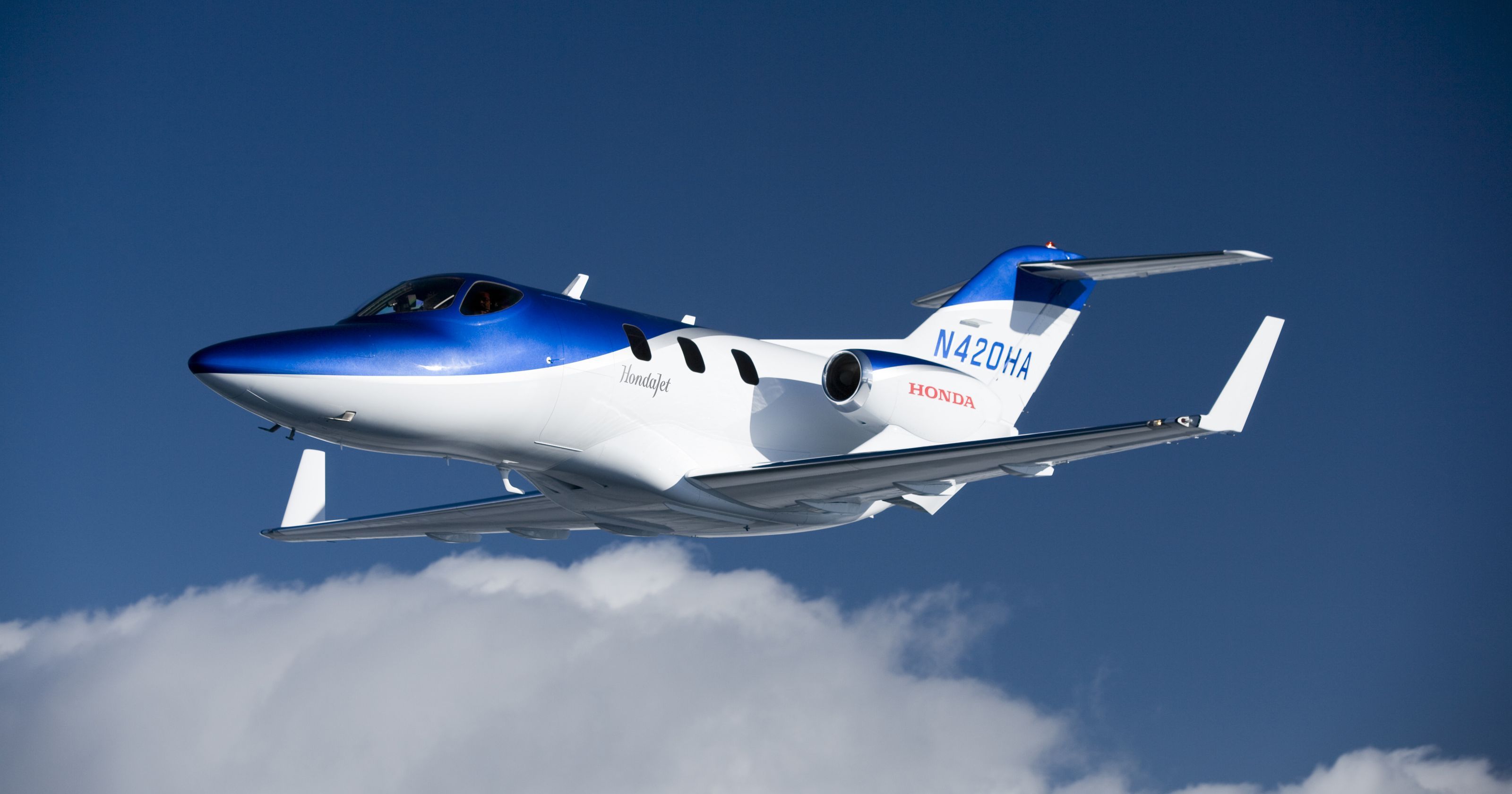
And it pretty much has — by mounting the jet engines (also made by Honda in collaboration with General Electric) on pylons on the wings, Honda has managed to improve the Jet’s aerodynamics to the point where it’s reckoned to be about 20 per cent more fuel efficient than most rivals, has lower drag at higher speeds, and has more room and less noise in the cabin than more traditional designs with the engines mounted to the rear of the fuselage. 57 have been built so far, and you can pick one up for a mere USD$4-to-5-million.
That’s a current aircraft, made by a current car maker, but what about something a little more pioneering? The Ford Tri-Motor was made by guess which car maker? That’s right, Vauxhall… No, sorry, it was made by Ford, between 1925 and 1933, and a total of 199 were built.
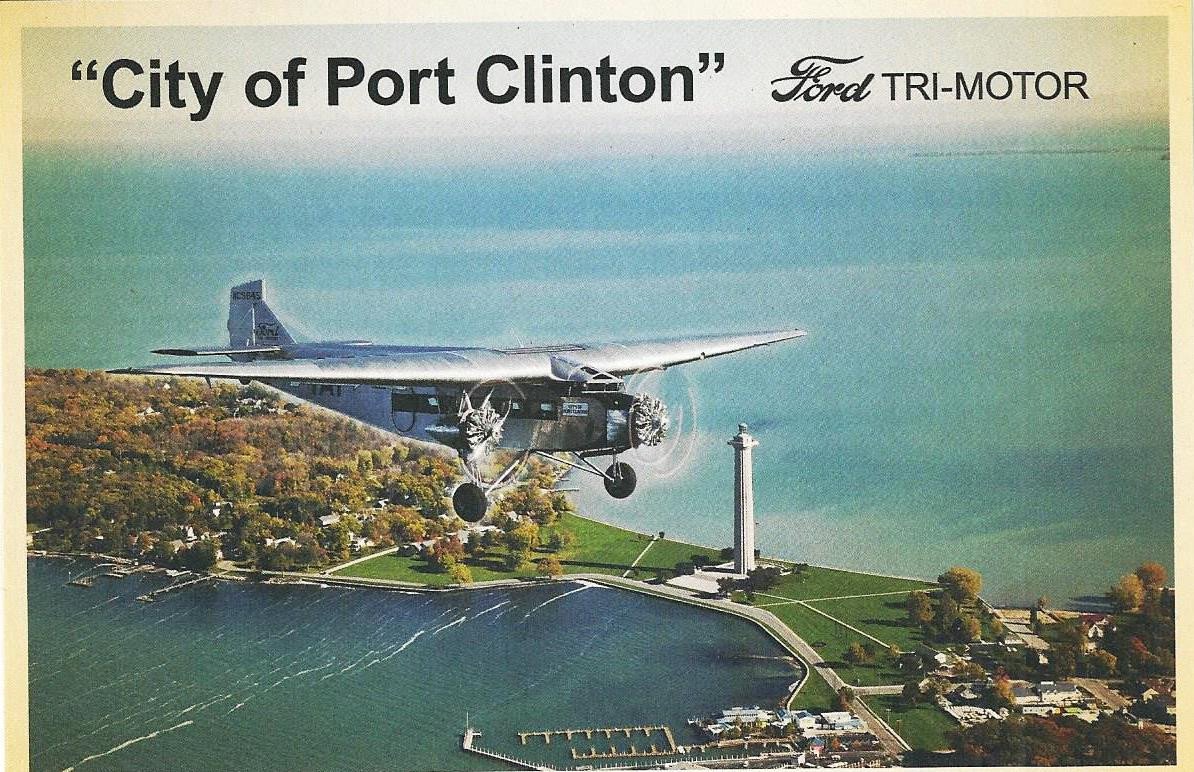
Its corrugated-metal construction was designed to strengthen the airframe (it would inspire the later German Junkers JU52, which used BMW engines, made under licence from Pratt & Whitney) but actually the corrugations added as much drag as they did strength. That might explain its sluggish 130-knot top speed. Nevertheless, it was pretty rugged, with Henry Ford proclaiming that its all-metal construction (unusual at the time) made it the strongest and safest aircraft in the world. And that’s not just marketing puff, either — the Tri-Motor was one of the first aircraft reliable and long-ranged enough to fly coast-to-coast services in the US, and it became the first aircraft to fly over the geographic South Pole. Famed pilots Charles Lindbergh and Amelia Aerhart both flew a Tri-Motor (oddly, the flew the same one — registration number C-1077) while at the age of five, a certain Neil Armstrong took his first ever flight in a TriMotor. Some 18 TriMotors still exist today, and eight of them are still flying.
OK, so we’ve got a business jet and a pioneer passenger plane. How about something a little more… sporty? How about a Harrier jump-jet? Think there’s no car connection? Think again, although we admit this one’s a touch tenuous. The Siddeley Autocar company, based in Coventry, came into being in 1902 and mostly built copies of contemporary Peugeots. It was, in 1919, bought out by the Armstrong-Whitworth company, which made weapons, trains, ships, aeroplanes, and yes, cars.
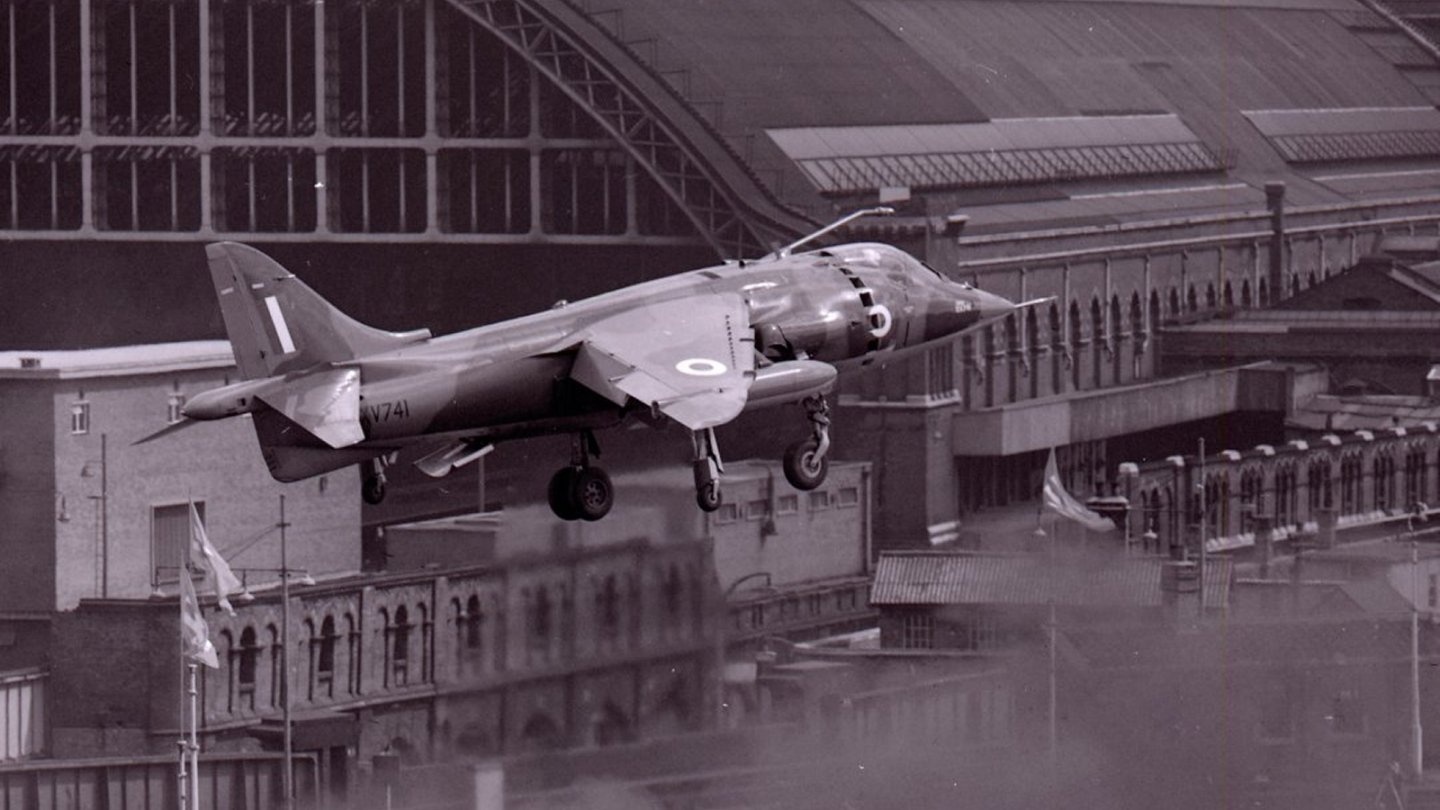
The Armstrong-Siddeley company would go on, after much aeroplane and aero engine building work during WWII, to build the gorgeous Armstrong Sapphire 234 car, which you’d probably mistake for an Alvis if you saw one, and the magisterial-looking Sapphire 346, which looked like a car fit for royalty and which, in 1953, came with a standard heater (!). Blowing rather more hot air was Armstrong-Siddeley’s jet engine making arm, which was by then part of the Hawker-Siddeley group. Hawker, which had made its name in the war with the famed Hurricane and Typhoon fighters, didn’t stop innovating in peace-time — it came up with the still-beautiful Hunter (which was designed in the fifties and stayed in service in various air forces till the late eighties), the Buccaneer bomber (again, that one hung around till the nineties), the Trident airliner, and yes, the Harrier. The famed “Jump Jet’ became the only truly useful vertical takeoff and landing jet aircraft (a Russian copy, the Yak 38 was mostly rubbish), served in the RAF and Royal Navy, saw action in the Falklands campaign, and was eventually even bought by the US Marines, who realised that there was nothing better when it came to close air support work. And it’s still in service today. Not bad, eh?
Speaking of is-it-a-car-maker-is-it-an-aircraft-maker, there’s Saab. Certainly not making cars anymore, but still a going aviation concern, Saab makes the JAS-39 Gripen a low-cost (relatively, you’ll still have to shell out between USD$30-60-million for one) rival to the likes of the Eurofighter Typhoon and Boeing F/A18 Hornet. Fast, and incredibly agile, the Gripen is currently in service with air forces in Sweden, South Africa, Hungary, and The Czech Republic (or is it Czechia these days?).
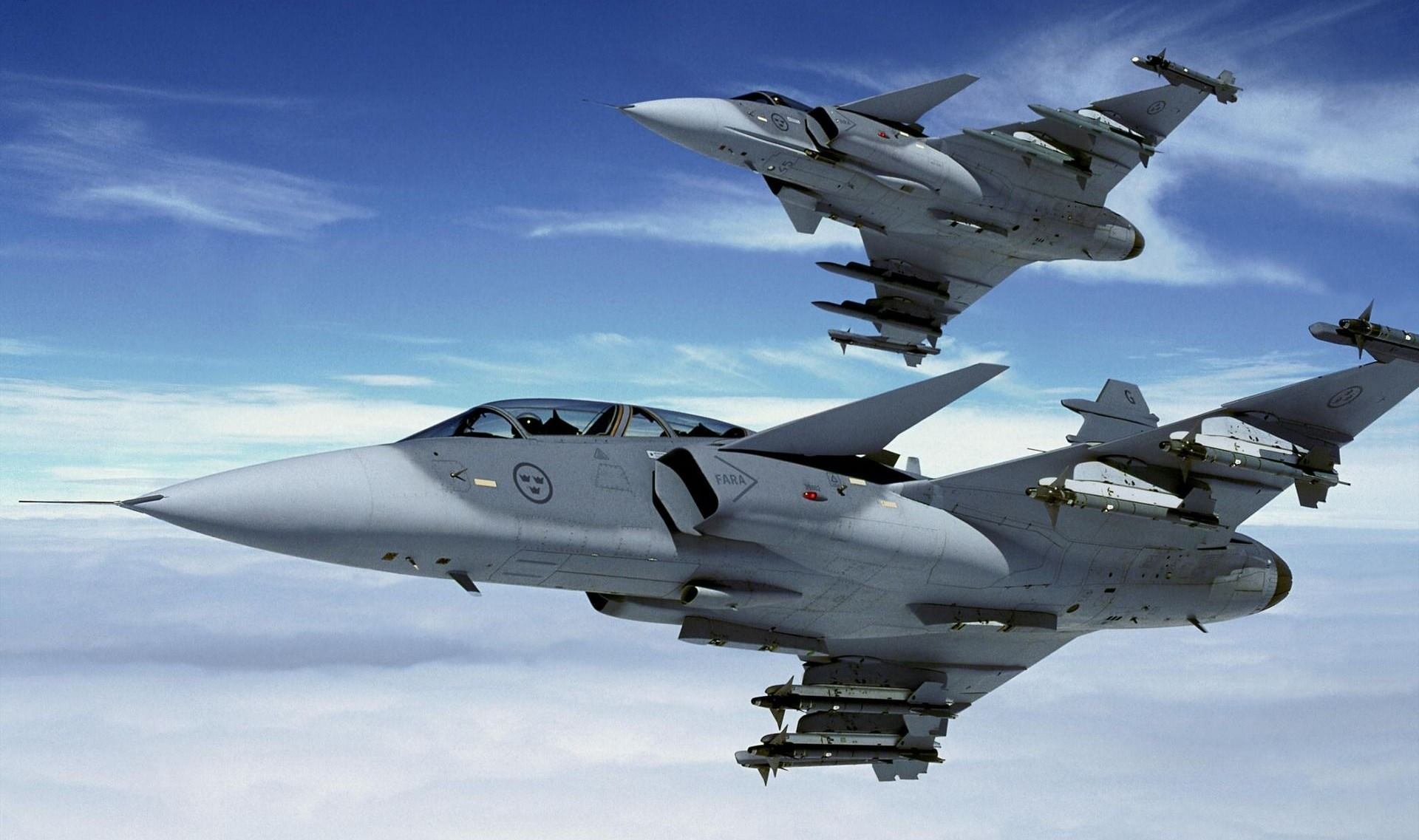
Oh, and speaking of the Czech Republic, or Czechoslovakia as it most definitely was back then, Skoda was chosen in 1925 to supply the Czech airforce with its first all-metal fighter plane. Based on the French-built Dewoitine D.12, it was a ‘parasol’ monoplane (with a high-mounted wing on struts) powered by a 500hp engine, also made by Skoda. Mind you, only 15 were built.
Let’s come a little more up to date, shall we, and move away from military types? How about something for the growing short-range, single-aisle market, an aviation segment that is experiencing rapid growth. All that fuss recently over Boeing trying to get heavy taxes put on US imports of Bombardier-built aeroplanes? Yup, that’s how important a market it is — people are actually going to court over it.
No surprise then that some car makers are getting interested, and so we have the Mitsubishi Regional Jet, a self-explanatory name for a 69-92-seater jet (depending on the model and layout) that’s currently undergoing testing and which is expected to enter service in 2020. And it’s made by Mitsubishi, obviously, right? Wrong! It’s actually made by three car makers at once. Boom! Mitsubishi, obviously, which decided it needed a partner for such a big-investment project, so it hooked up with none other than Toyota, which then farmed some of the work out to its existing partner, Subaru. Subaru is, of course, part of Fuji Heavy Industries, which has been in the aircraft business for decades now, and which builds Bell helicopters under licence.
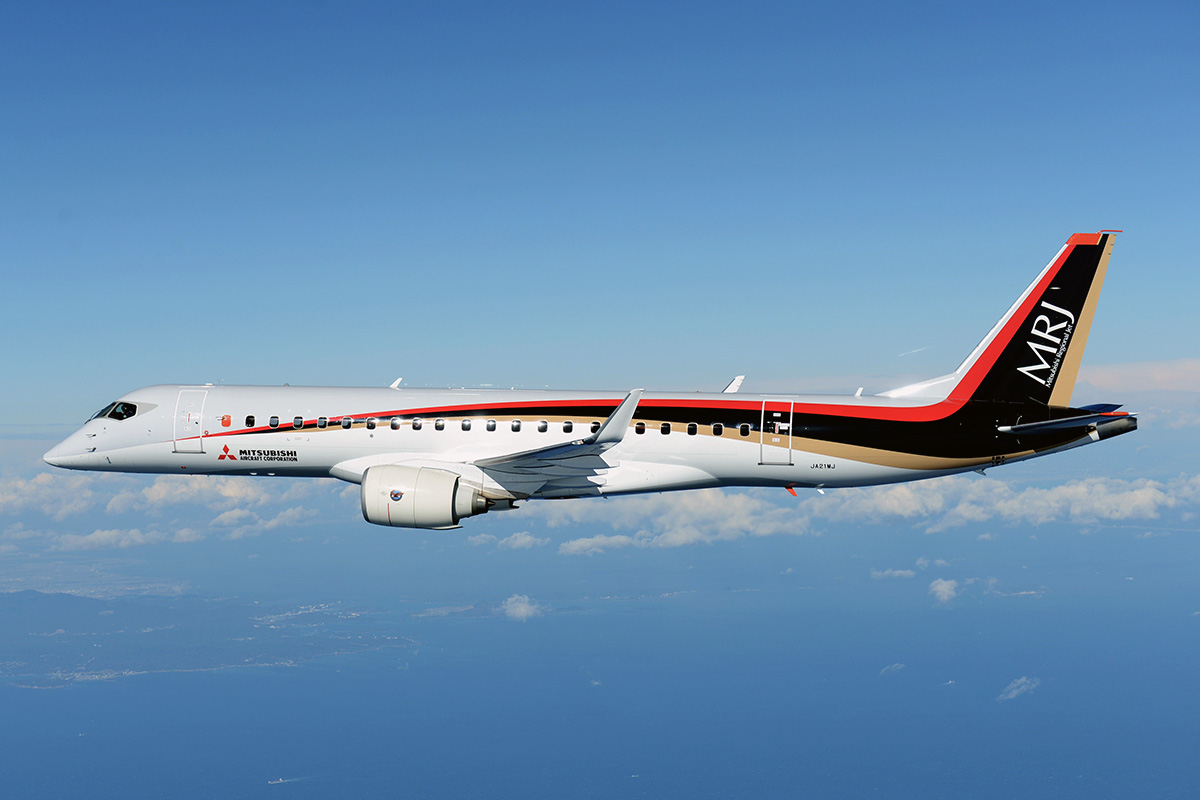
Actually, Toyota has dabbled in aircraft making before. Back in 2002, Toyota wanted to see if its ‘kanban’ and ‘kaizen’ methods of just-in-time production, and continuous design improvements, could be applied to aircraft. So, it set about building a one-off TAA-1 light aircraft, powered by a simple Lycoming piston engine. This being Toyota, it decided to bring in the best collaborator it could, so it partnered with Burt Rutan’s Scaled Composites company. Heard of Rutan? You’ve certainly seen his work. He designed, and built, the famous Voyager aircraft, which in 1986 made the first non-stop, un-refuelled flight around the world. He’s also the brains behind Spaceship 1, the first private, manned, reusable spacecraft which formed the basis for Richard Branson’s Virgin Galactic plans.
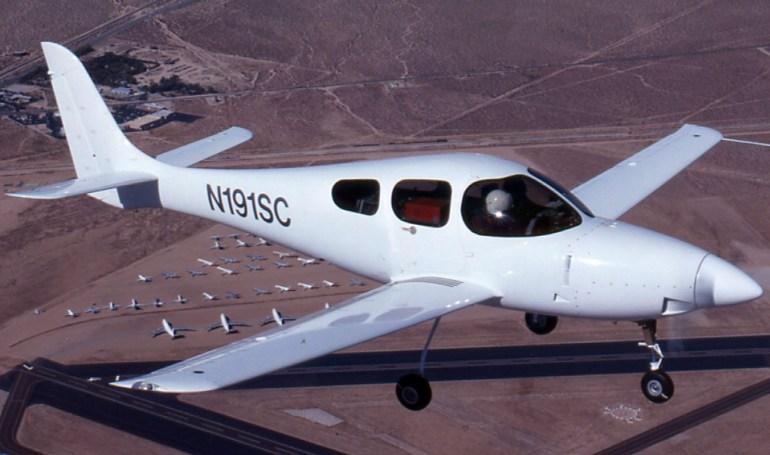
Rutan and Toyota built the TAA-1, flew it a handful of times, and since then it’s been in storage, waiting for what we don’t know. We do know it must be a pretty good design, though. Rutan himself referred to it as “the aeronautical equivalent to the Lexus LS400.”
There are loads of other examples — scooter maker Piaggio and its futuristic Avanti P180 private ‘plane; Rolls-Royce, BMW, and Mercedes all making aeroplane engines, Fiat building fighter planes in WWII, and Ford’s famous Willow Run factory, an enormous facility that built the huge B-24 Liberator bombers.
Don’t expect the connections between cars and ‘planes to end soon. In fact, they may become ever more blurred. Airbus has announced plans to make a ‘flying car’ (actually more of an an autonomous two-seat helicopter) and Toyota (again) has said it too wants to develop a personal flying transport, and wants to demonstrate such technology at the 2020 Tokyo Olympics.
Up, up, and away…

CLICK TO ENLARGE










